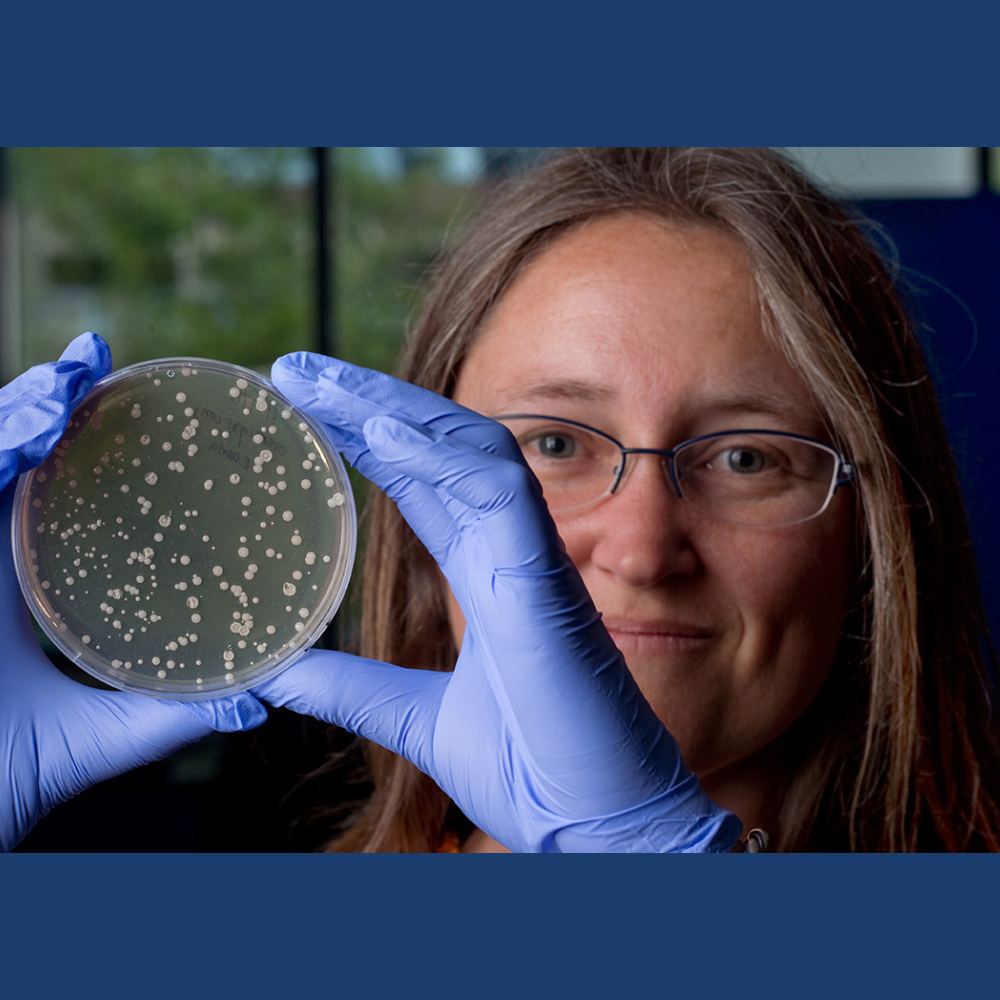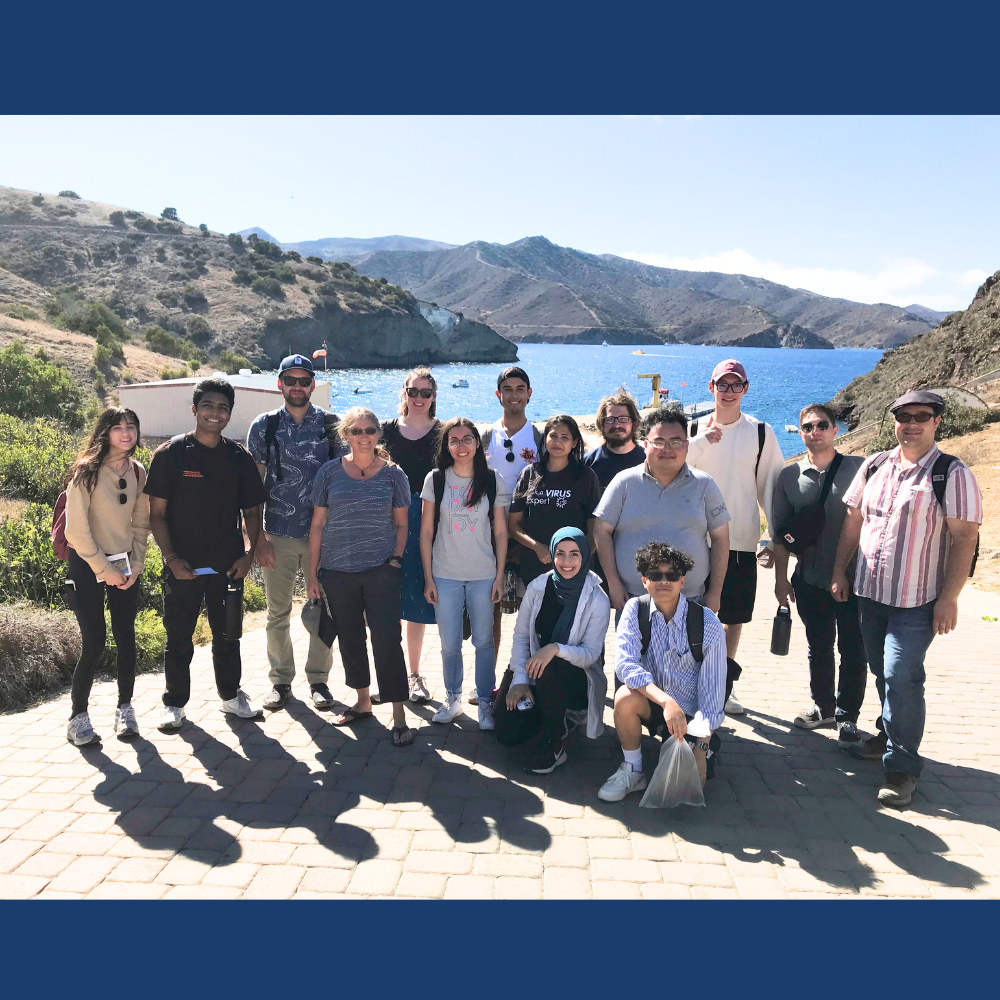Katrine Whiteson, PhD, is on a quest to understand how microbes living in your body influence health and disease.


Nov 21, 2023
Katrine Whiteson, PhD, is on a quest to understand how microbes living in your body influence health and disease.

Oct 27, 2023
In a groundbreaking development for the treatment of Hereditary Hemorrhagic Telangiectasia (HHT), a rare and life-threatening vascular disorder, nonprofit organization cureHHT has officially launched a Phase II/III clinical trial for the drug pazopanib. This...

Sep 26, 2023
In the fight against chronic viral infections and cancer, the immune system faces formidable challenges. These infections often wear out the immune response, leading to a state of T cell exhaustion. Despite being well-documented, the precise mechanisms driving the...

Sep 25, 2023
Why do some brains remain robust as time marches on, while others wither? What can be done to halt deterioration in its tracks, or even better — reverse it?
That’s the mystery that decades of work at UCI and other federal research centers are dedicated to unraveling. Some of the biggest brains in science are devoted to understanding aging, dementia and Alzheimer’s disease.

Aug 25, 2023
Three University of California, Irvine researchers will receive more than $8 million in climate action gran ts to support projects that will help advance progress toward California’s climate goals.
Aug 17, 2023
Bees that build microbreweries, ride a miniature merry-go-round and possibly even wear diapers. In biologist Tobin Hammer’s UCI lab, all sorts of unusual projects unfold.

Aug 11, 2023
In searching for the genetic mechanism behind this difference, the UCI biologists selected as their subject Heliconius charithonia, in which visual capacity is sexually dimorphic. When they finished assembling the first complete genome for this species, they learned that its W – or female – chromosome contained the opsin gene.

Aug 4, 2023
Associate Professor Katrine Whiteson and her research team, from the Department of Molecular Biology and Biochemistry, have received a grant of $70,000 per year for two years from the Cystic Fibrosis Research Institute's New Horizons program. The grant will support...

Aug 2, 2023
When a fragrance wafted through the bedrooms of older adults for two hours every night for six months, memories skyrocketed. Participants in this study by University of California, Irvine neuroscientists reaped a 226% increase in cognitive capacity compared to the control group. The researchers say the finding transforms the long-known tie between smell and memory into an easy, non-invasive technique for strengthening memory and potentially deterring dementia.
Jul 31, 2023
UCI biologists Kim Green and Tom Lane have been awarded $250,000 from the Alzheimer’s Association to assess how COVID-19 affects the onset and severity of Alzheimer’s disease.